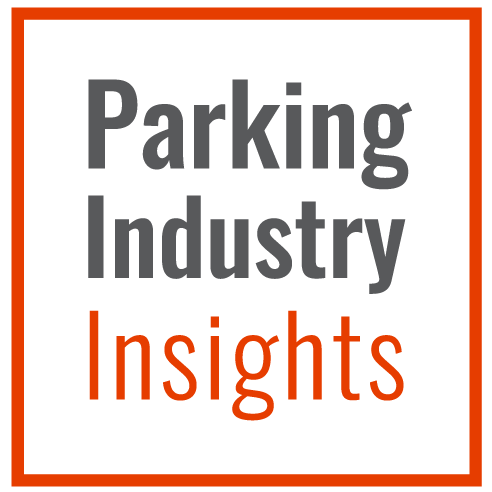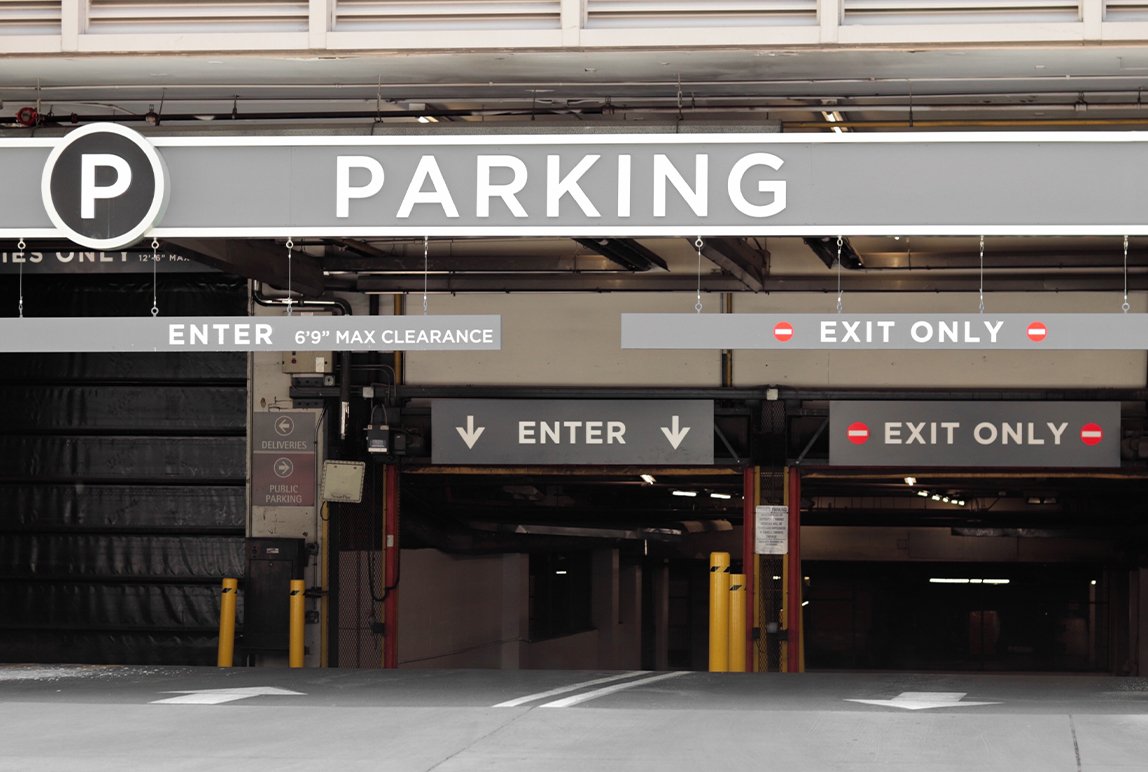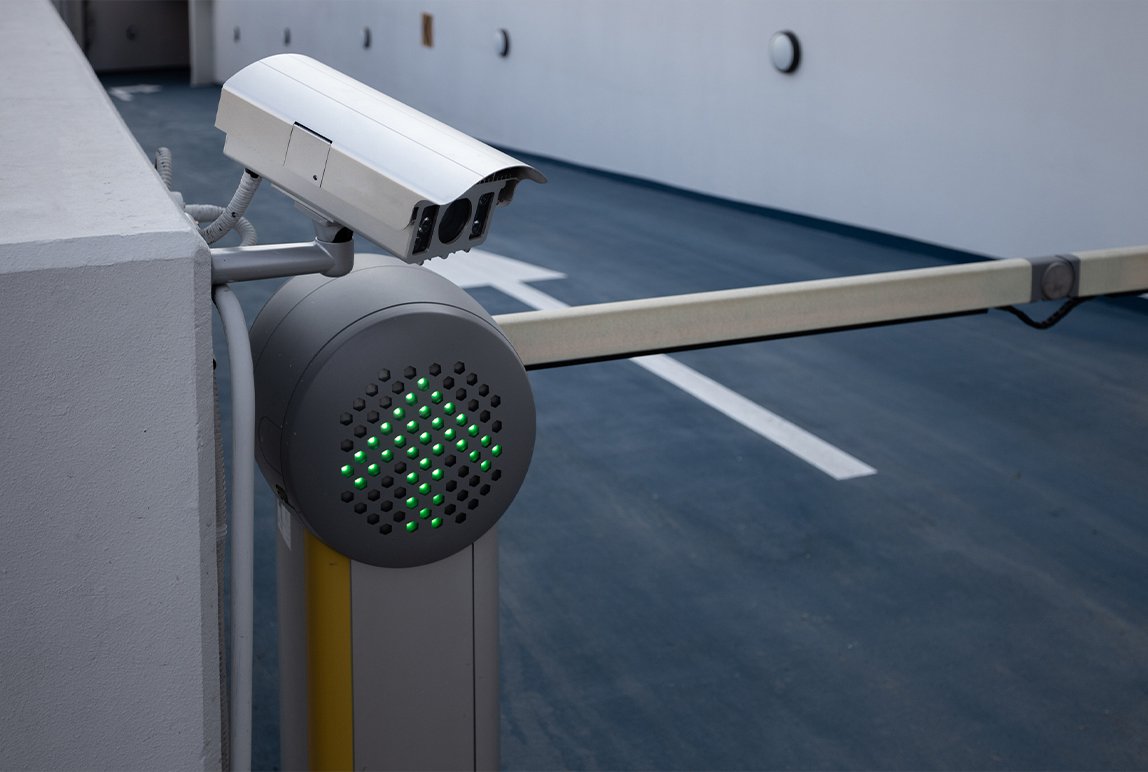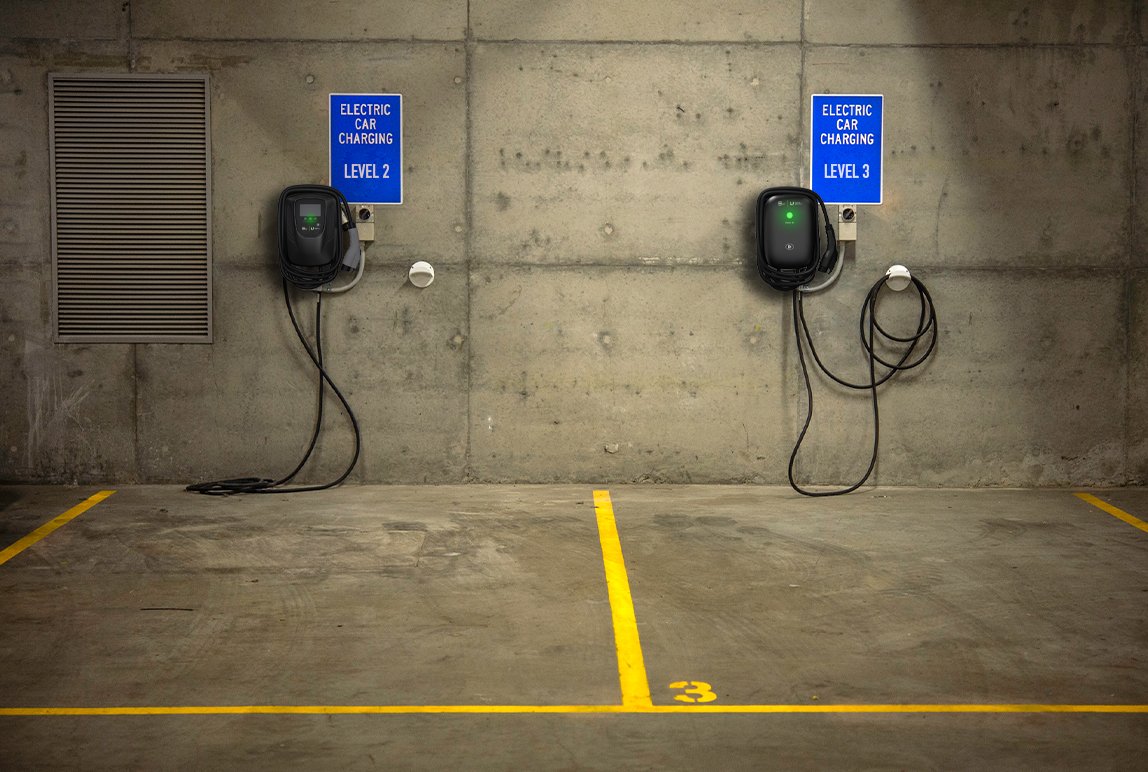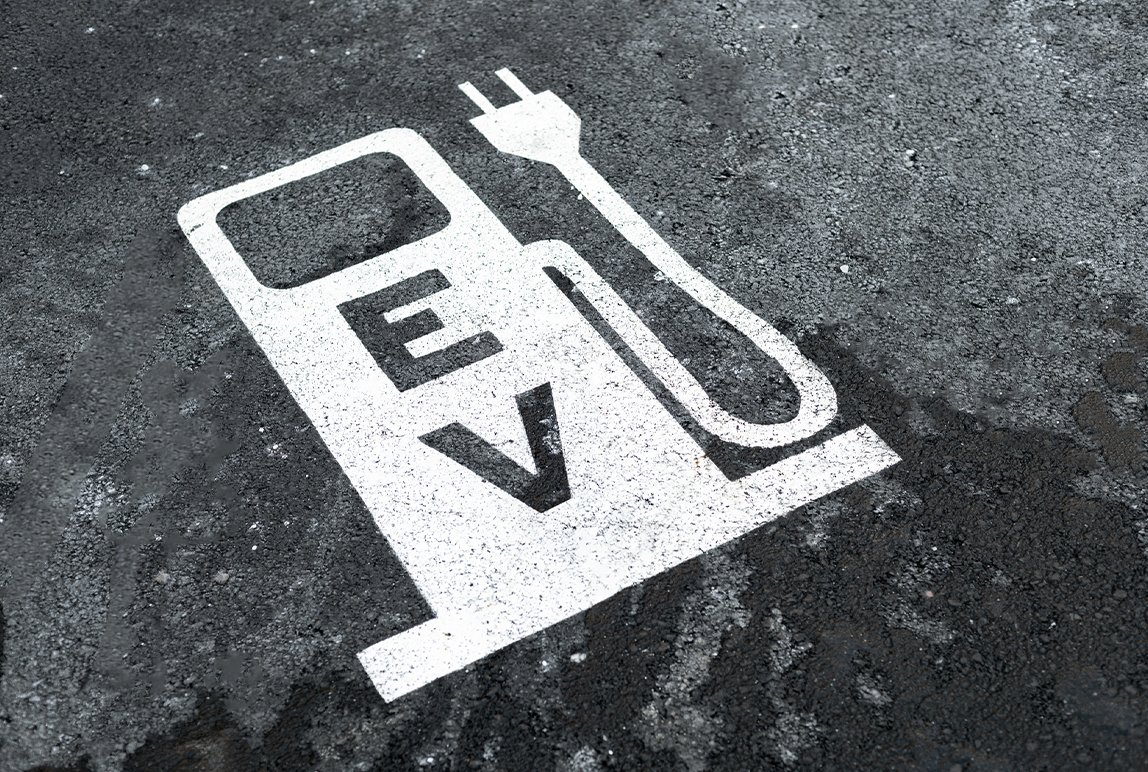Pay-and-Display or Pay-by-Plate Parking Meters?
Posted: Sept, 01, 2020 9:31AM ET • 2 min read
There are two main types of multi-space parking meter technologies: Pay-and-Display and Pay-by-Licence Plate (commonly referred to as Pay-by-Plate).
Pay-and-Display parking meters require a driver to visibly display a parking receipt on their dashboard as proof of payment. Pay-by-Plate parking meters, on the other hand, require a driver to enter their licence plate number into the meter when paying for parking. And because plate numbers are automatically entered into a cloud-based management system, there’s no need for drivers to display parking receipts on their dashboard, eliminating the need for them to return to their vehicles after paying.
But how do you know which parking meter setup is the right fit for your parking operation? Ultimately, it depends on a few factors:
What are the goals of your parking operation?
Your bottom line will help you determine which route you should take. For example, Pay-and-Display meters offer your customers a familiar interface and an intuitive way to pay for parking. Pay-by-Plate meters, however, cater to the more tech savvy users and require drivers to remember their licence plate numbers. That said, they offer convenience and cost-saving opportunities, and a wealth of integrative options for property owners.
What is your budget?
Deciding which parking meters to invest in will depend in part on your budget. Pay-by-Plate parking meters tend to be slightly more expensive than Pay-and-Display meters, but they are a more sophisticated technology.
Do you have software integrations on your wish list? If so, what type?
Software integrations, such as mobile parking payment apps, can be integrated with both Pay-and-Display and Pay-by-Plate parking meters. However, Pay-by-Plate integration possibilities extend beyond just mobile payment. With a Pay-by-Plate solution, you can integrate parking validation solutions, cloud-based enforcement technology, and much more.
Who visits your parking facility?
Knowing who your patrons are will help you decide which parking meter solution will be a better fit for your facility. For example, if your visitors prefer a more traditional solution, Pay-and-Display parking meters might be a better fit. With their familiar interface and ease of use (a visitor doesn’t need to remember their licence plate number), Pay-and-Display tends to be a better-suited option. However with the right marketing and communication strategies, Pay-by-Plate has the potential to be very convenient and suitable for all customers.
Automated multi-space parking meters have been in Canada since 1990. In fact, the City of Toronto was the first to deploy them. Since then, a variety of Pay-and-Display and Pay-by-Plate parking meter models have emerged on the market, making metered operations a fairly seamless and affordable investment for parking facility managers.
Share Article:
Featured Articles
ABOUT THE AUTHOR
John Ivo
Director of Production & Support Services
As director for Precise ParkLink’s production and support services, John is responsible for setting and enforcing the policies and procedures that ensure all equipment is built to clients’ specifications and supported according to factory recommendations. This means he takes the time to understand his clients’ requirements, coordinates with management to oversee the preparation of production proposals, and works with the production team to monitor and optimize workflow to ensure on-time delivery. When John joined Precise ParkLink in 2013, he brought with him over two decades of engineering, logistics, and project management experience. Early in his professional career, after studying mechanical engineering technology and design, John worked for S&C Electric’s development team, designing high-voltage switches for major clients like municipalities and utilities, including Toronto Hydro. Today, he applies his expertise in engineering theory and practice in a management role, overseeing a team of over 65 employees who are involved in all aspects of the production and service process.
Questions?
Fill out the form below and we will do our best to connect you with a suitable contact.
